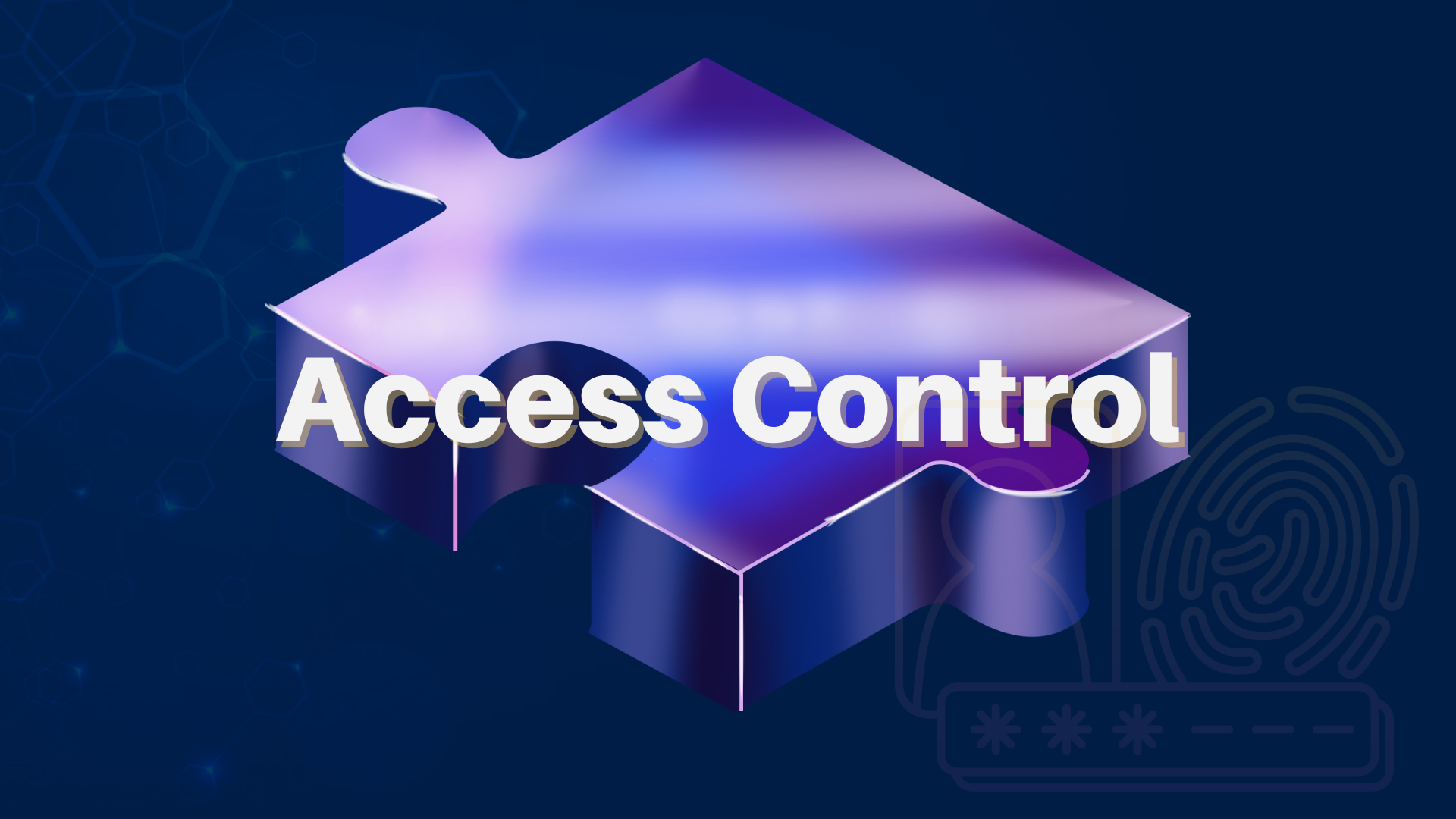3. Access Control

Lit Protocol provides developers with a decentralized access control layer that can be used to encrypt content for private and permissioned storage on the open web. The Lit SDK provides utilities that can be used for encrypting and decrypting content client-side, while access control conditions (ACCs) are used to define who can decrypt and access the locked data.
Objectives
At completion of this reading you should be able to:
- Describe what access control conditions are useful for.
- List common types of applications that can be developed with access control.
With access control, you can introduce private and permissioned data to the open web using decentralized encryption. Use Lit to provision decryption "keys" to users based on on-chain conditions, such as ownership over a specific NFT or membership within a DAO.
Some example conditions:
- User is a member of a DAO
- User holds an NFT in a collection
- User holds at least 0.1 ETH
- The result of any smart contract function call
- User owns a specific wallet address
Supported Logic
- Supports many EVM chains and Solana. Full list here.
- Supports many standard contracts, with plans to support any RPC call soon. If you need to interact with a contract that we don't support yet, ask us, and we will implement it.
- Boolean conditions: "And" or "Or" are currently supported.
- Permanent conditions: When a condition is stored as permanent, it becomes impossible to update it, forever.
Use Cases
Some examples of applications that can (and have) been built harnessing this functionality:
Web3 Apps with Private Data
Introduce privacy to decentralized applications. Use Lit to securely store private and permissioned data on the open web. To get started with an integration, use our JavaScript SDK.
Examples:
- Orbis Club: Enabling “friends-only” content and encrypted messaging.
- Lens: Permissioned data for web3 social.
- Streamr: Private data marketplaces.
- Gather: Powering private virtual spaces for your team.
Add Token Gating to Web2 Apps
Use on-chain credentials to gate access to your favorite web2 applications and data.
- Zoom: Token-gated Zoom calls.
- Google Drive: Add access control requirements to your Google Drive files.
- WordPress: Gate access to WordPress sites and pages.
Basic Example
Restrict access based on the possession of an ERC1155 token. In this example, the token contract's address is 0x3110c39b428221012934A7F617913b095BC1078C and the token id we are checking for is 9541.
const accessControlConditions = [
{
contractAddress: '0x3110c39b428221012934A7F617913b095BC1078C',
standardContractType: 'ERC1155',
chain,
method: 'balanceOf',
parameters: [
':userAddress',
'9541'
],
returnValueTest: {
comparator: '>',
value: '0'
}
}
]
Learn More
Read the Lit developer docs on access control to learn more!